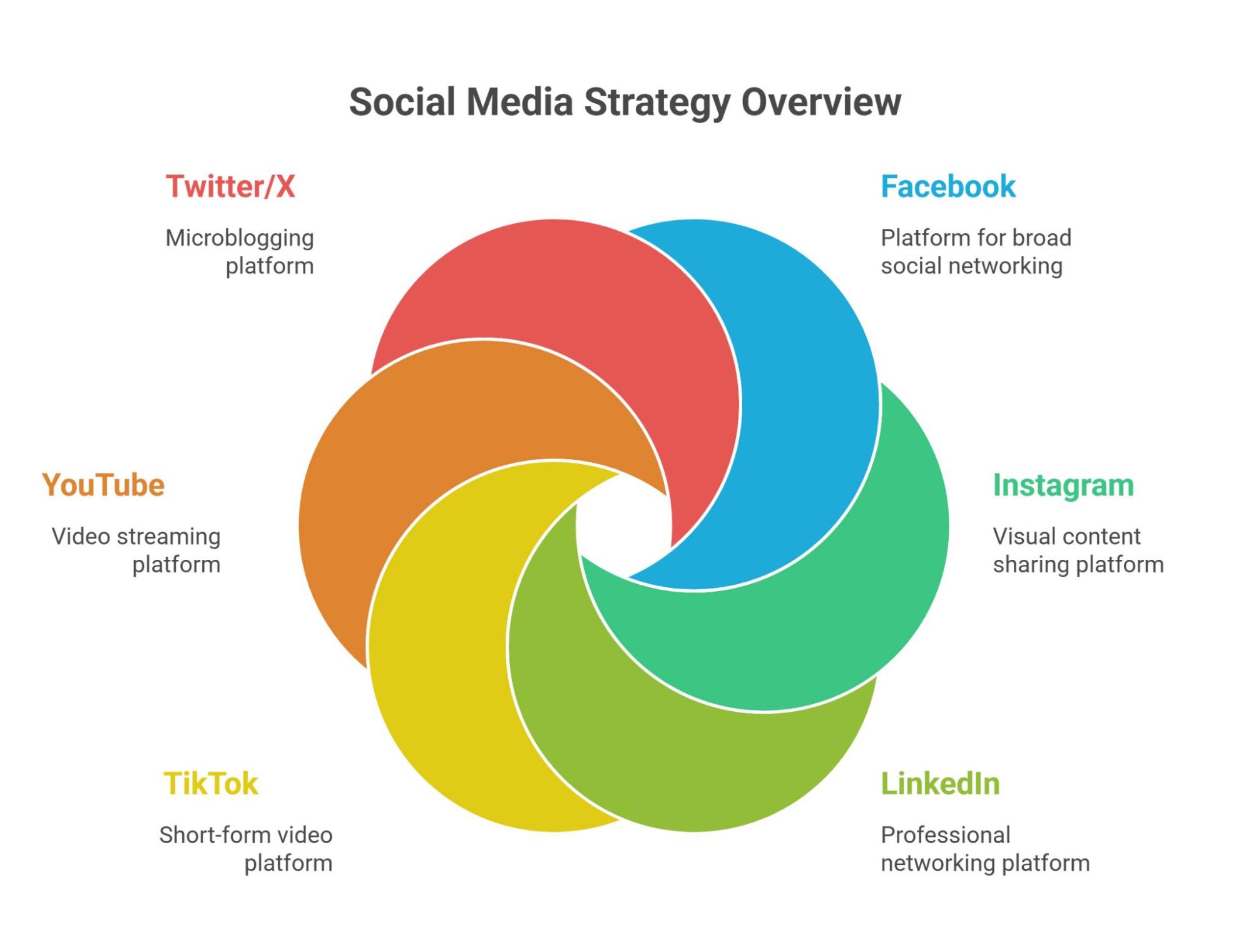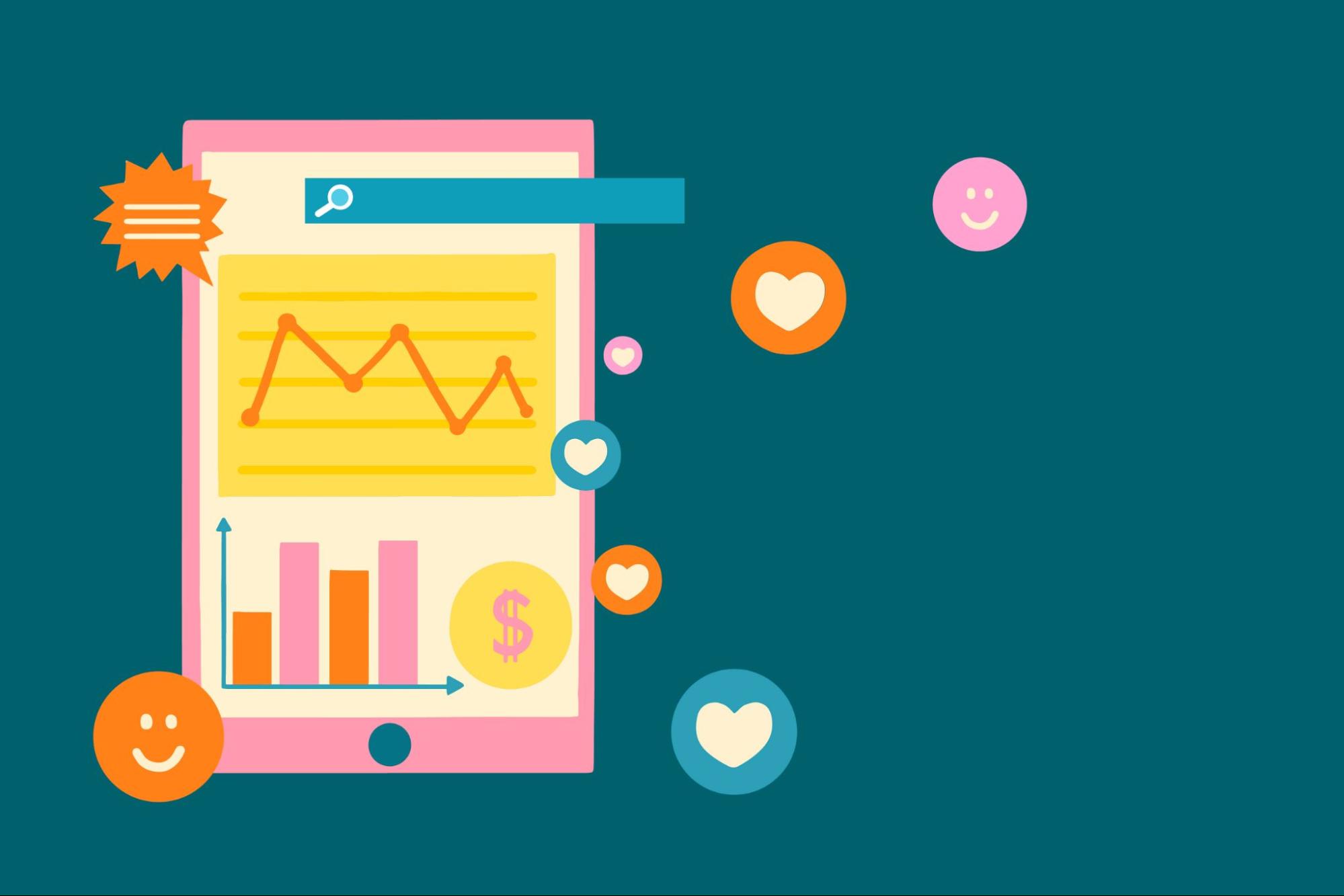Is your social media presence buzzing with activity? Likes, comments, and shares are great, but are they translating into actual business growth? It's a common frustration for many brands to have a high follower count but a low number of real, convertible leads.
Social media lead generation is the strategic process of identifying and capturing potential customers using social platforms.
By It involves turning passive followers into interested prospects by collecting their contact information, like an email or phone number, for future marketing and sales conversations.
This goes beyond simple engagement by creating a direct path from social interaction to your sales funnel, transforming your online community into a source of tangible business opportunities.
In this blog, we’ll walk you through eight essential steps, from choosing the right platforms and creating compelling content to tracking your results for maximum impact.
Social Media Lead Generation: 8 Steps To A Healthy ROI

Before capturing leads, understand what they are and how they differ from online buzz. A social media lead is someone interested in your brand who voluntarily provides contact info, such as an email from a newsletter, a phone number from a contact form, or details via a lead ad.
Engagement vs. Lead Generation: While engagement (likes, comments, shares) builds brand awareness and community, lead generation is a deliberate action focused on moving potential customers into your sales pipeline. Engagement is the conversation; a lead is the handshake that starts a business relationship.
Choosing the Right Platforms for Lead Generation
Not all social platforms are created equal for generating leads. Success lies in focusing your efforts where your target audience is most active and receptive.
- Facebook: A powerhouse for both B2C and B2B, Facebook offers native lead forms that capture user information without them ever leaving the app. Use Facebook Groups to build a community around a topic and retargeting ads to re-engage website visitors.
- Instagram: This visual-first platform is perfect for e-commerce and lifestyle brands. Use the "link in bio," swipe-up features in Stories (for eligible accounts), and action-oriented CTAs in your captions and ads to drive traffic to lead capture pages.
- LinkedIn: The undisputed king of B2B lead generation. Its powerful targeting options allow you to reach professionals by industry, job title, and company size. LinkedIn's Lead Gen Forms pre-fill with a user's profile data, making submission incredibly easy.
- TikTok & YouTube: Video is a compelling medium for capturing attention. Use clear verbal and visual CTAs in your videos to direct viewers to a link in your bio or video description. "How-to" content and product demonstrations work exceptionally well here.
- X (formerly Twitter): Best for real-time engagement and conversation. You can capture leads by participating in relevant discussions, hosting Twitter Spaces, and using direct messages to connect with interested followers on a one-to-one basis.
Optimizing Profiles for Lead Conversion
Your social media profile is often the first touchpoint for a potential lead. It needs to work as a mini-landing page, guiding visitors toward a specific action.
- Clear Value Proposition in Bio: Your bio should immediately answer the question, "What's in it for me?" Clearly state who you help and how you help them.
- Contact Buttons and CTAs: Use the built-in contact buttons (Email, Call) on platforms like Instagram and Facebook. Explicitly tell people what you want them to do in your bio, such as "👇 Download our free guide."
- Link-in-Bio Tools: Services like Linktree or Carrd allow you to make a simple landing page that houses multiple links. This is perfect for promoting your lead magnet, website, and latest blog post all at once.
Creating Lead-Oriented Content

Your content is the bait that attracts leads. It must provide genuine value and give users a compelling reason to share their information with you.
- Content Types That Drive Leads: Go beyond standard posts. Use gated content (like an ebook or webinar that requires an email to access), exclusive promos, engaging giveaways, and interactive quizzes to entice users.
- Using Storytelling: Share customer success stories, behind-the-scenes content, and your brand's mission. Storytelling builds trust and emotional connection, making your audience more likely to take the next step.
- Lead Magnets: A lead magnet is a free resource you offer in exchange for contact information. Popular examples include checklists, templates, comprehensive guides, free trials, or consultation calls.
Paid Social Campaigns for Lead Generation
Organic reach can be challenging. Paid campaigns let you target your ideal customer with precision and scale your lead generation efforts quickly.
- Platform-Native Lead Ad Formats: Use Facebook and LinkedIn Lead Ads to make the process seamless. These ads open a pre-filled form directly within the platform, significantly increasing conversion rates by reducing friction.
- Retargeting with Pixel-Based Audiences: Install the Meta Pixel or LinkedIn Insight Tag on your website. This allows you to create custom audiences of people who have already visited your site and show them targeted ads to bring them back.
- A/B Testing Creative and Offer: Don't guess what works. Continuously test different ad images, copy, headlines, and offers to see what resonates most with your audience. Small changes can gain big improvements in your cost per lead.
Lead Capture Tools and Tactics
Once you've caught a user's interest, you need an effective and easy way to capture their details.
- Lead Forms vs. Landing Pages: Simple lead forms are great for high-volume, low-friction offers. Dedicated landing pages are better for more complex offers, as they give you more space to explain the value and build trust before asking for information.
- Chatbots and Automated DMs: Use chatbots on your Facebook Page to answer common questions and qualify leads 24/7. You can also set-up automatic welcome messages in Instagram DMs to guide new followers toward a lead magnet.
- Click-to-Messenger and WhatsApp Campaigns: These ad formats start a conversation directly in a messaging app. This is a personal and interactive way to engage prospects, answer questions, and capture leads in a conversational setting.
Tracking and Measuring Social Media Leads
You can't improve what you don't measure. Tracking your efforts is essential to understanding what's working and optimizing your return on investment.
- Key Metrics: Concentrate on the metrics that matter. This includes your Cost Per Lead (CPL), Click-Through Rate (CTR) of your ads and links, and your overall Conversion Rate (the percentage of people who become leads).
- UTM Tagging and Analytics Setup: Use UTM parameters on all the links you share on social media. This allows you to track exactly which platform, campaign, and post generated a lead when you look at your data in Google Analytics.
- Platform-Specific Insights: Dive into the analytics provided by each platform. Meta Business Suite and LinkedIn Campaign Manager offer detailed performance data on your lead generation campaigns.
Best Practices to Maximize Lead Quality

Developing a high volume of leads is great, but quality is what truly drives revenue. Focus on attracting prospects who are a good fit for your business.
- Pre-Qualifying Leads Through Form Fields: Add one or two extra questions to your lead forms (e.g., "What is your biggest challenge?" or "What is your company size?"). This can deter low-quality leads and give you valuable information.
- Segmenting Leads for Follow-Up: Not all leads are the same. Segment your leads based on the offer they downloaded or the information they provided.
- Integrating Leads with CRM or Email Workflows: The real magic happens after the lead is captured. Automate the method of sending leads directly to your Customer Relationship Management (CRM) or email marketing platform to ensure a speedy and consistent follow-up.
Conclusion
Turning your social media into a lead generation engine is achievable through strategy, not just posting everywhere.
By selecting the right channels, optimizing profiles, creating valuable content, and tracking efforts, you build a system that grows your business. Start today and turn followers into customers.
Frequently Asked Questions (FAQs)
Yes, you absolutely can. Organic methods like optimizing your profile bio, creating valuable lead magnets (e.g., a downloadable PDF checklist), engaging in relevant groups, and using clear calls-to-action in your content can all generate leads without any ad spend. However, paid campaigns will help you scale your efforts and reach a larger, more targeted audience much faster.
The timeline varies. With a well-targeted paid advertising campaign, you could start seeing leads within 24-48 hours. Organic strategies, on the other hand, require more time to build trust and authority, so you might see consistent results after a few weeks or months of dedicated effort. Consistency is the key to long-term organic success.
The most common mistake is a slow or non-existent follow-up. A lead's interest is highest at the moment they submit their information. Failing to contact them quickly (ideally within a few hours) drastically reduces the chance of conversion. Automating the follow-up process with a CRM or email workflow is crucial to avoid this.

